Espaliering: how to train your plants
Short of space in the garden? Espaliering plants — training them to grow flat — is an ancient practice that is still relevant today
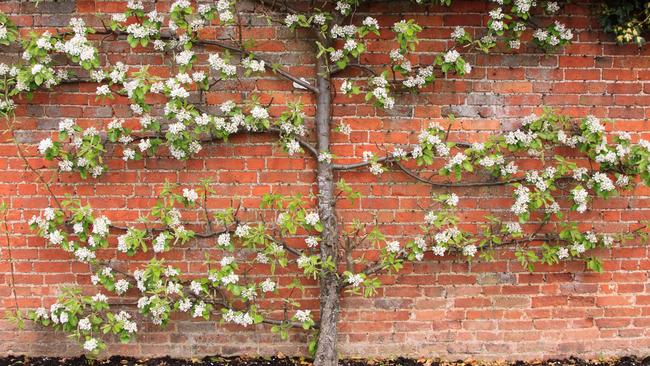
Espalier is the art of training plants to grow flat. Usually this is against a wall or fence, but espaliers can be free-standing with branches trained horizontally on a frame or wires. It’s an ancient practice but one still relevant today because it’s ideal for our smaller gardens. By using vertical space from a small footprint you can fit fruiting and flowering trees into courtyards and other petite garden areas.
In the grand European gardens of the 17th and 18th centuries, fruit trees were espaliered inside walled kitchen gardens where the heat they soaked up from the walls helped fruit to ripen in cool, short summers. Espaliering tends to increase flower and fruit production because all parts of the tree are exposed to sunlight. For home gardeners, the contained form facilitates maintenance, harvesting and netting trees against pests.
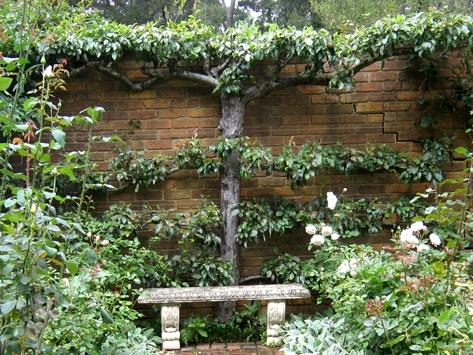
The form of espaliers can be as simple or complicated as you like. Informal styles simply use wires, steel reinforcing mesh or lattice to tie stems to, spreading them out for even coverage. This works well for flowering plants such as bougainvillea, gardenias and camellias, and fruits such as citrus, blueberries and olives. For a more formal effect, the wires can be in a diamond or square pattern, or the plant can be trained in horizontal tiers from a central stem, a style called a cordon. This suits trees that form long-lived fruiting spurs such as apples, pears and plums, and is pretty much how grapes are trained in vineyards. It’s also a good way to train wisteria and climbing roses on a wall. Other formal espalier shapes are candelabras and fans, which are good for stone fruits and figs.
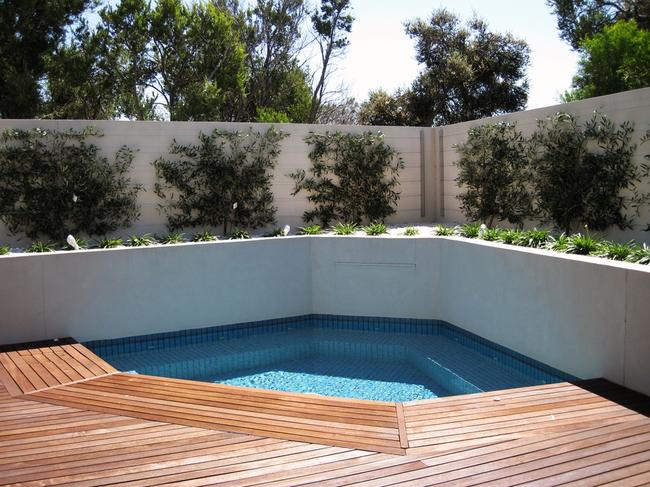
Chris England turned his long-term hobby into a business, Merrywood Plants, more than 20 years ago, and with his wife Jenny is now Australia’s leading grower of established espaliers. Demand is booming for the 80 or so varieties they grow organically and sell through retail nurseries and landscapers.
At their Mornington Peninsula nursery they train most onto lattice backing boards but also create free-standing formal cordons and candelabras, and unusual serpentines using dwarf apples, Camellia ‘Avalanche’ and bay tree. Chris continues to experiment, trialling Cercis ‘Forest Pansy’, Ginkgo, native Hardenbergia and his favourite flower, waratah. For those wanting to try espaliering, Chris suggests the easiest to start with are citrus, camellias, olives and plums. “Look for a plant with lots of lower branches,” he advises. “Plants want to grow vertically and we don’t want that – we want horizontal growth. Pinch the tips out in the early years and don’t be afraid of pruning to make them branch where you want them to, to create a better shape.”
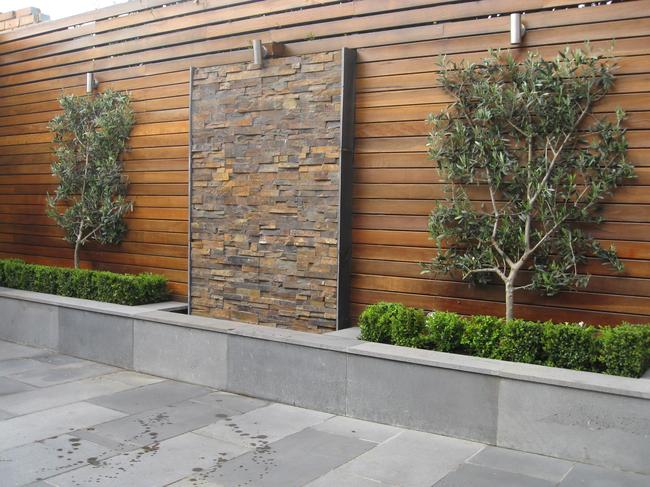
For formal espaliers, choose a plant with a strong central leader. He also advises doing your pruning and training in summer when the plants are actively growing and the shoots pliable. “Two or three times over summer is about all you need,” he says. While it’s possible to keep espaliers (especially dwarf varieties) in large pots as long as you are rigorous about watering and fertilising, plants are always better off in the ground in the long term.
Plants to espalier
Flowering: bougainvillea, camellia, gardenia, crepe myrtle, crabapple, daphne, climbing roses, wisteria, correa Edible: apple, pear, all citrus, plum, peach, cherry, apricot, fig, olive, blueberry, bay, mulberry, grape
Q&A
My photinia hedges have grown 3m high and wide over the years. Can I take a metre off the top and sides to restore their intended size? Laurence Watson, Berry, NSW
You can cut photinias to bare branches or close to the ground and they will recover. The best time is spring, after frosts. Fertilise and keep watered to fuel rapid regrowth. Secondary tip pruning of vigorous regrowth will be needed regularly to promote bushiness.
We love the orange-footed scrubfowls but they destroy our garden, especially now they’ve built a massive nest. Is there a nice way to move them over the road into the rainforest? Loftus Overend, Port Douglas, Qld
Male scrubfowls, like related brush turkeys, build their nesting mounds of leaf litter and soil and are then determined to keep them. Try covering the mound with pegged-down tarps. Mirrors can make males believe a competitor owns their territory. Surround vulnerable plants with heavy rocks, peg down chicken wire over larger areas and mulch beds with large pebbles.
What can I do about curly white grubs in my compost and tomato bed? Peter Russell, Camden, NSW
Curl grubs are the larvae of various beetles, which feed on soil organic matter and roots. In the compost you can ignore them but when you spread it, pick the grubs out and feed to the birds. In garden beds, lawns and pots, curl grubs can cause serious damage. Organic Eco-neem works as a soil drench but is not yet registered for food plants. Entomopathogenic nematodes (see goodbugs.org.au and goodbugshop.com.au) are a safe biological control.
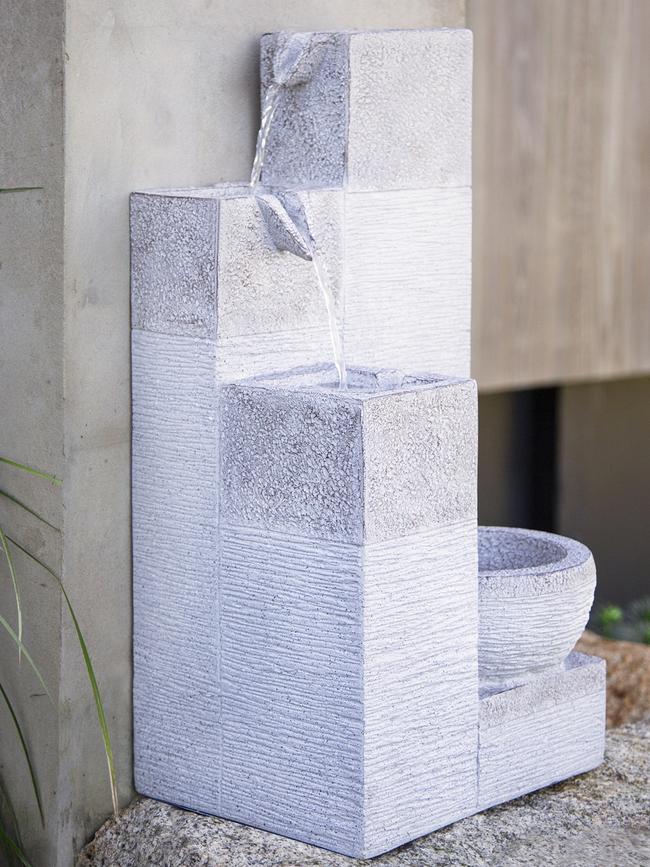
Send your questions to: helenyoungtwig@gmail.com or Helen Young, PO Box 3098, Willoughby North, NSW 2068. Website: helenyoung.com.au. The best question for June wins the tranquil Sandstone Summit water feature, complete with pump, worth $159 from Northcote Pottery.



